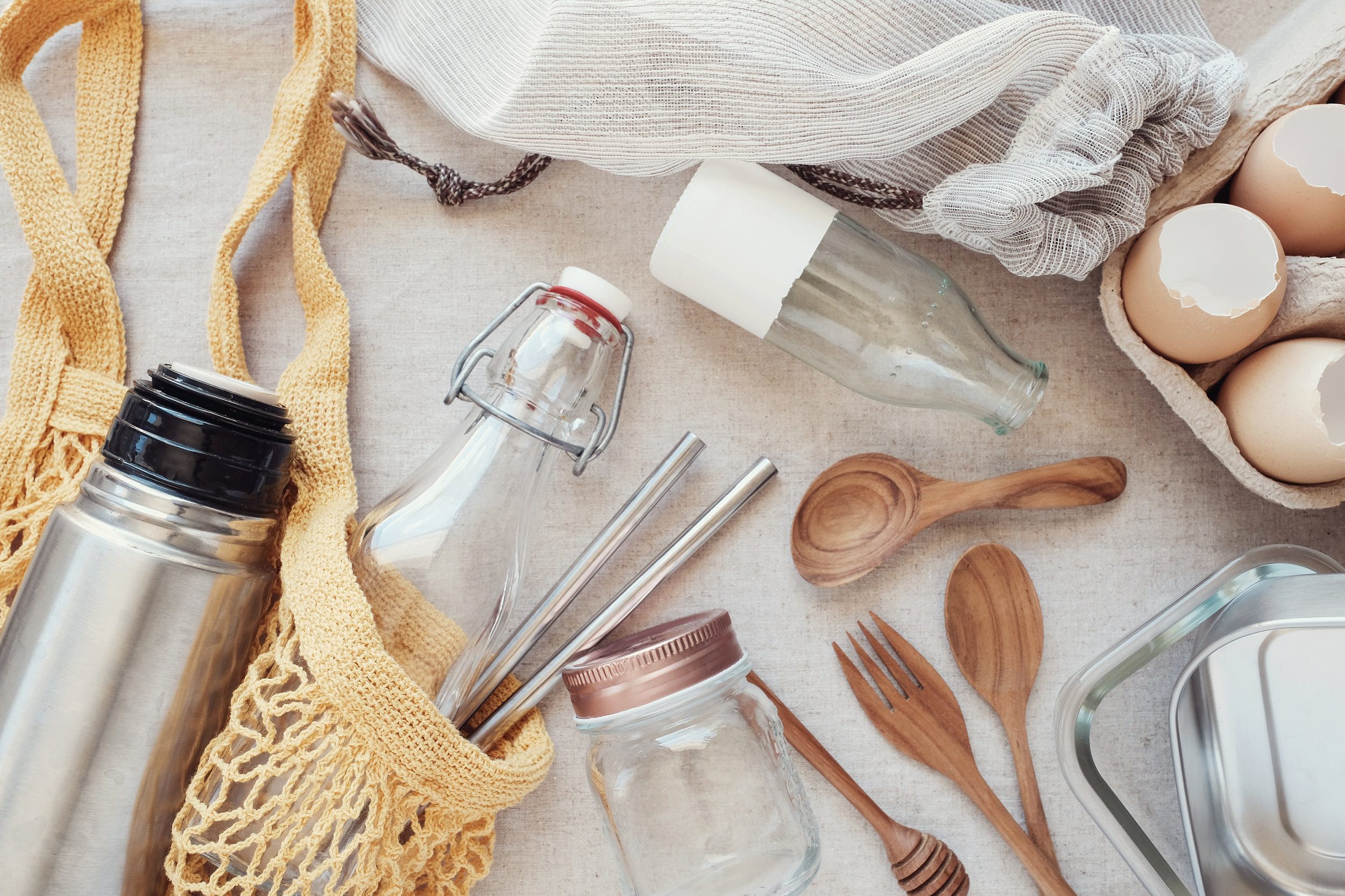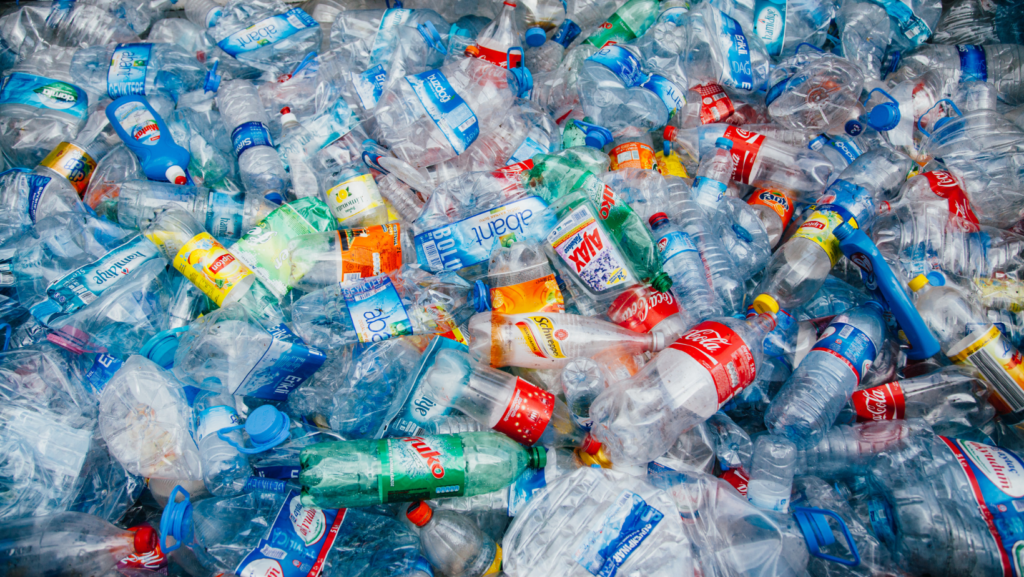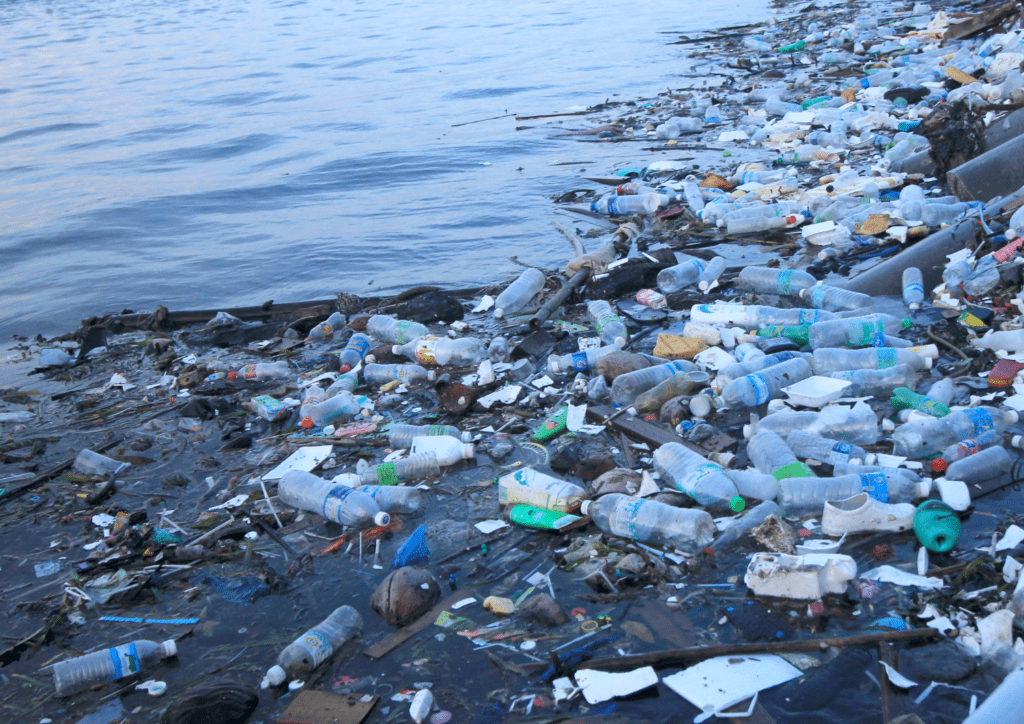We all know that plastic pollution is harming wildlife. We’ve seen photos of turtles trapped in beer rings, whales with stomachs full of plastic bags and birds eating litter.
But it’s not just birds and whales whose health can be affected by plastic – it’s also a problem for us. Most people aren’t going around swallowing bottle caps, but we are still consuming and absorbing tiny bits of plastic all the time, and the impacts can be much more insidious.
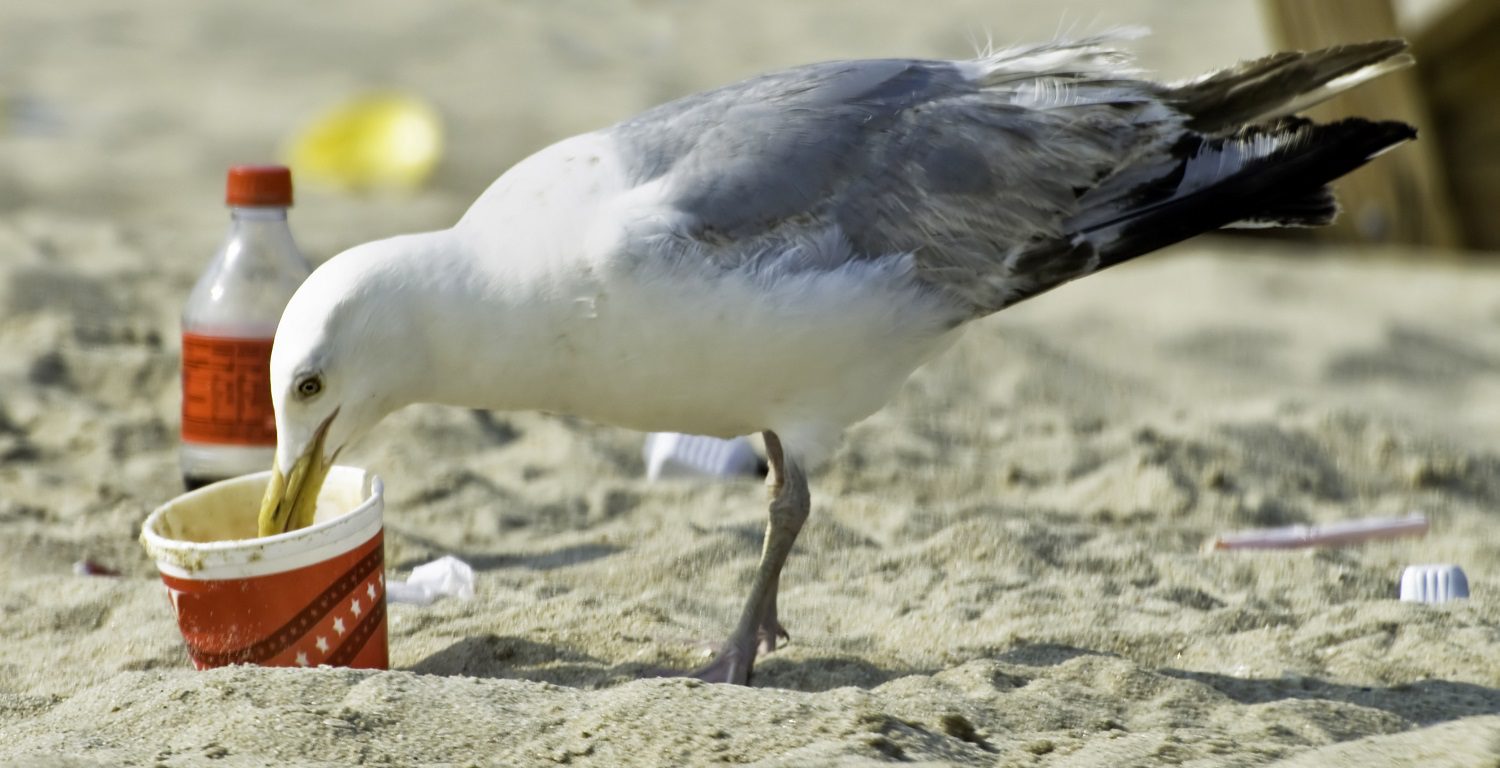
Avoiding plastic chemical contamination
Plastic materials often include additives, chemicals that change the properties of the plastics by making them harder or softer or resistant to fires. The EU has identified over 400 chemicals that are likely to be used in plastics, many of them raising a potential health concern. At the moment our laws are lagging behind the science, and have not addressed the health risks of these plastics.
The problem is that these chemicals, including phthalates, brominated flame retardants and Bisphenol A (or BPA), have been linked to various diseases, from organ damage to birth defects.
Considering the evidence of harm related to these chemicals, pediatricians are suggesting reducing exposure to these chemicals used in packaging, which may end up contaminating the food.
Here are three things you can do to minimize the negative consequences of plastics on your health:
1. Avoid plastics with recycling codes 3 (PVC), 6 (polystyrene), and 7 (other).
Plastics are not all the same, and some are more toxic than others. Look at the recycling code on the bottom of plastic products and containers to find the plastic type, and avoid plastics with recycling code 3 as they may leach phthalates. Plastics with recycling code 6 are made from polystyrene and they may leach styrene, a chemical linked to cancer. Finally, recycling code 7 refers to “other” types of plastics, but they often include bisphenols, which have been linked to infertility, early puberty, breast and prostate cancer.
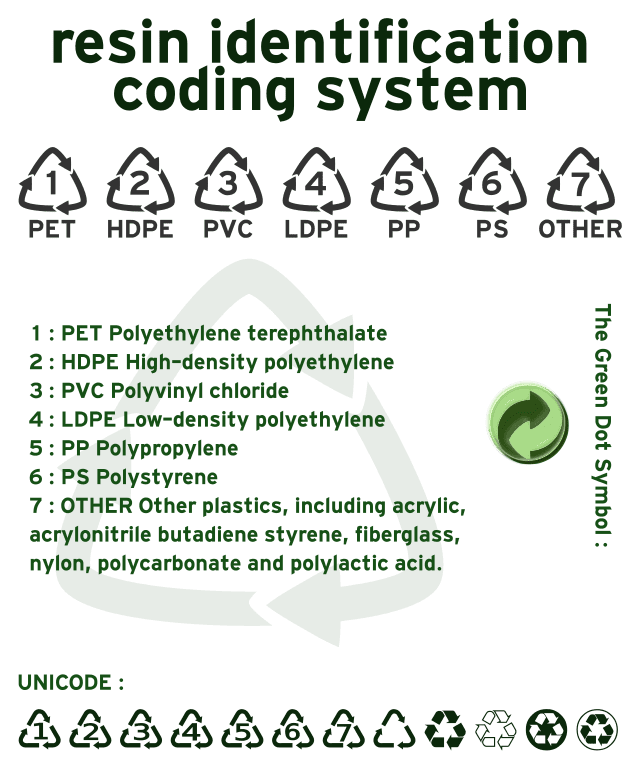
2. Avoid putting plastic containers in the microwave or dishwasher
Many plastic containers are labelled as microwave safe, meaning that they won’t melt when heated. But that doesn’t consider what can’t be seen with the naked eye. At the microscopic level, the heat breaks down the structure of the plastic, which releases chemicals that can get into our food and ultimately our bodies.
3. Use alternatives to plastic, such as glass or stainless steel, when possible.
Glass and steel containers are great alternatives to plastics. They are affordable and can be used to serve food. Heavy glassware containers, in particular, can be safely used to heat and cook food in ovens. Just remember to remove the plastic lid!
The good thing is that when you avoid the least healthy plastics, you are also avoiding the plastics that rarely get recycled. Knowing your plastics and using them properly is a good way to limit their risk without having to go plastic-free right away.
Ultimately, we need strong laws that will keep the worst plastics off our plates, but until then we can easily protect ourselves and our children without breaking the bank.
 This blog is part of The Plastic Diaries, a new resource page answering all your questions and concerns about plastic pollution, and what we can do about it.
This blog is part of The Plastic Diaries, a new resource page answering all your questions and concerns about plastic pollution, and what we can do about it.




